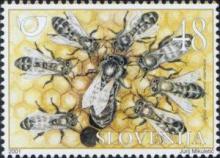Biocontrols and biopesticides offer a way of reducing the use of conventional chemistry, offering a "greener" and more sustainable way of protecting crops
In the past six months of 2012 about US$2bn (£1.25bn) was spent on acquisitions of biopesticide companies by such notable names as BASF (Becker Underwood), Syngenta (Pasteuria) and Bayer CropScience (AgraQuest). The market in 2012 was estimated to be worth $1.6 (£1bn) at grower level, however, projections estimate that by 2016 that could be in the region of $3bn (£1.9bn). Biocontrols and biopesticides offer a way of reducing the use of conventional chemistry, offering a "greener" and more sustainable way of protecting crops.










